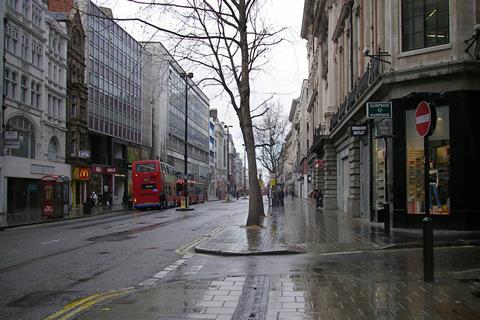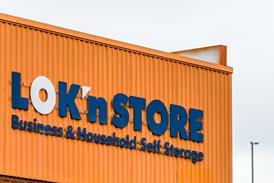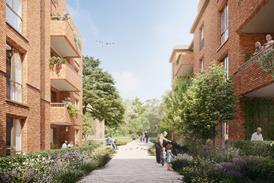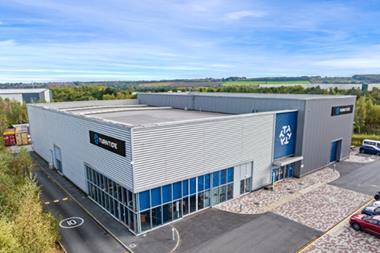We are frequently told that not enough homes are being built in the UK and that house prices are rising as demand outstrips supply. The problem is that we are often told about the problem, but rarely offered a solution other than easy sound bites such as ‘build higher’, ‘build on the green belt’ or ‘force developers to build more’.

Speaking simply, shortage drives value. Housing often generates the highest values for a site, with light industrial often generating the lowest. However, with all the easy sites long since developed, this polarisation in value is now putting pressure on industrial employment land across our cities.
Places need diversity to be vibrant and successful and areas that have only one type of tenure, especially residential enclaves, contribute little to urban vitality. Pushing employment, maker spaces, workshops, small-scale production facilities and studios out of an area only reduces its cultural worth and local identity.
It also disconnects people from places where they or their families have worked for generations, thereby shedding social memory. Architects and town planners are grappling with the design challenges of locating homes alongside industrial space, which used to be seen as an antisocial type of employment use.

But from our experience, homes and industries can co-exist successfully, even happily, given good specialist design and a lot of thought. New methods of production and manufacturing have replaced many of the antisocial panel beaters of old, and we have become more sophisticated in dealing with the environmental issues generated from these and other industries.
But the biggest challenge is that unlike retail or offices, industrial uses give little back to the street except for reception lobbies, small selling frontages or ancillary clerical spaces. People only feel homes are safe when streets are overlooked, owned and engaged throughout the day and night, weekday and weekend.
This is one of the greatest impediments to creating a mixed-use environment including industrial space. Clever design can maximise industrial uses’ engagement at ground level and push significant back-of-house facilities into dark and remote parts of sites. It can position apartments to overlook streets, creating a feeling of safety. We are also exploring how to bring homes back to streets by placing duplexes, maisonettes or townhouses at ground level to provide stewardship of the public realm we are creating.
We do all this knowing that a city’s heart beats hardest and loudest when we can deliver communities where people live, work and play in close proximity.


























![Hilti[82]](https://d2bq2usf2vwncx.cloudfront.net/Pictures/380x253/9/0/6/1884906_hilti82_601642.jpg)



No comments yet